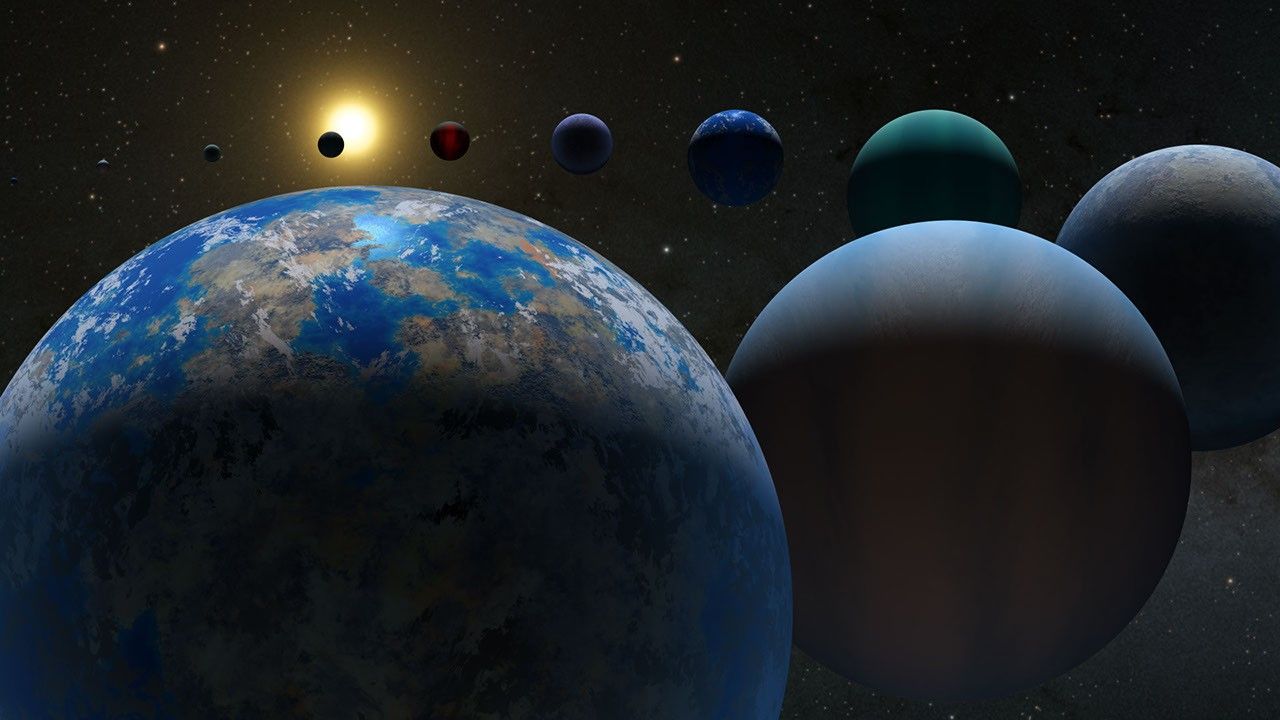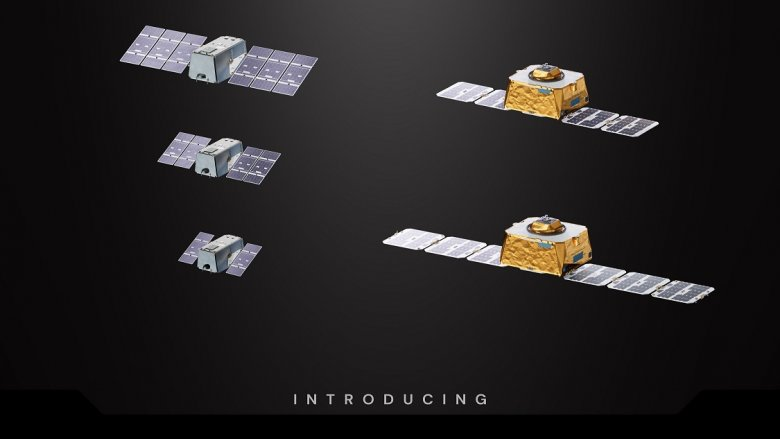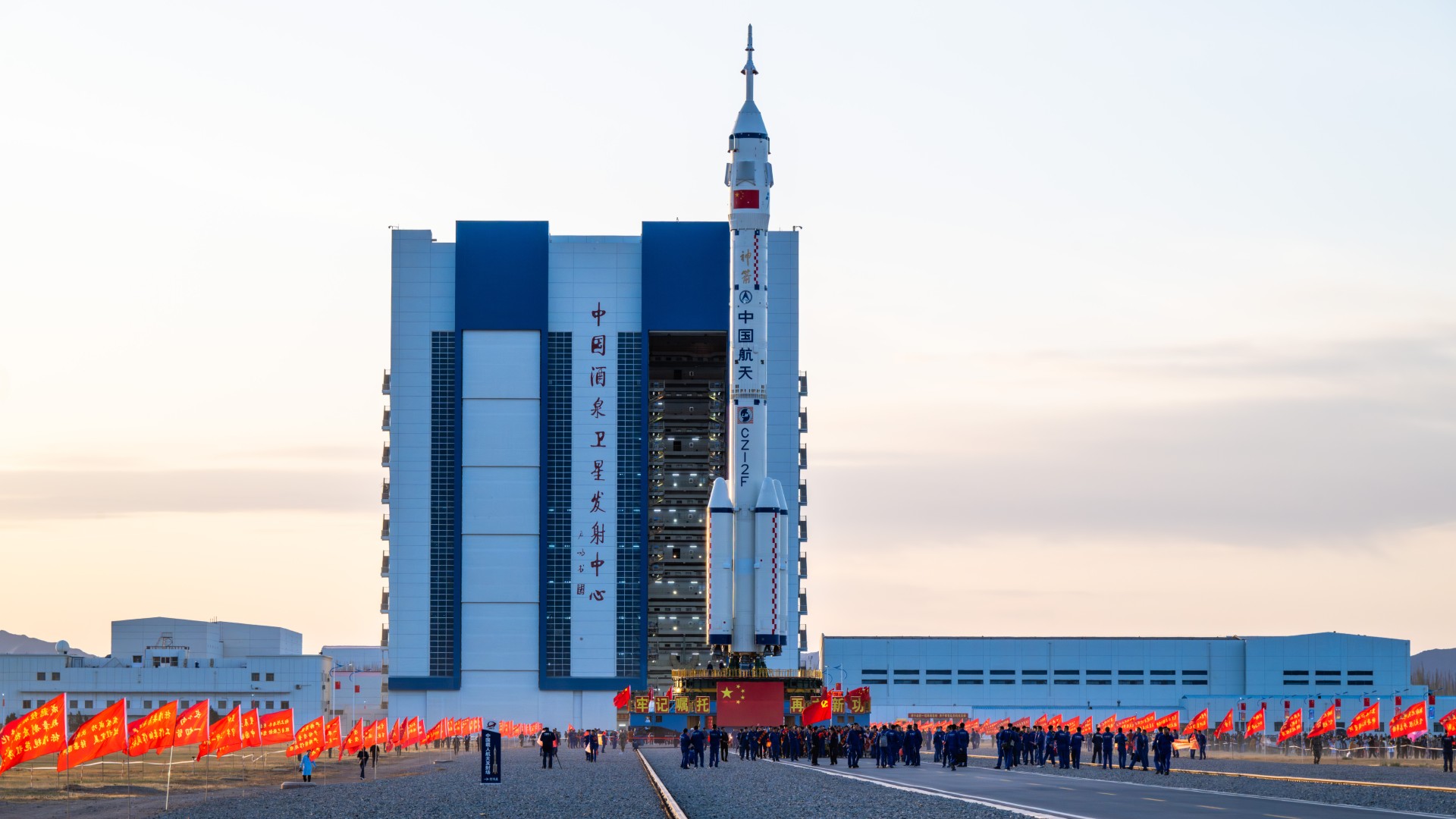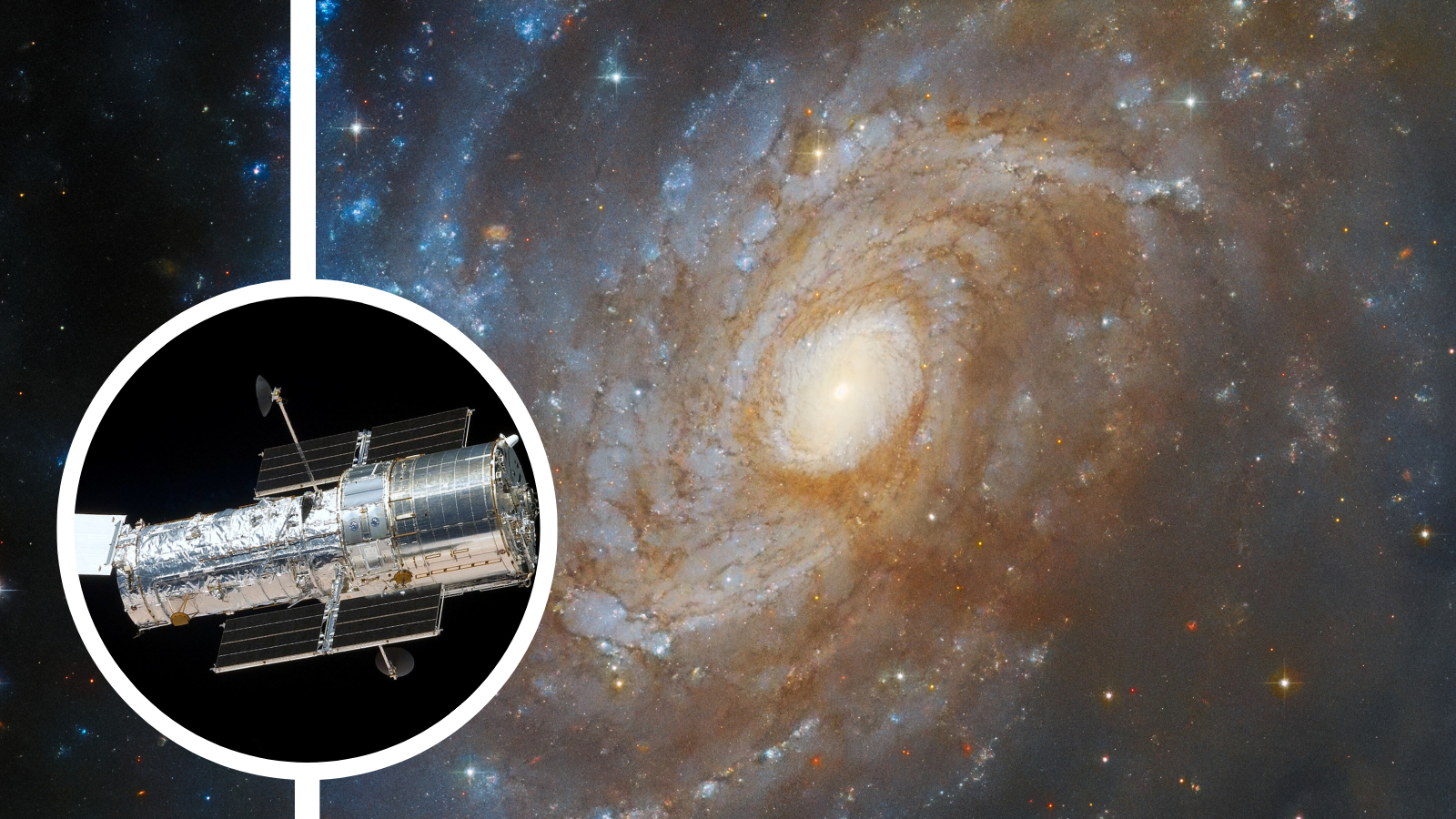Newly uncovered oxygen reaction could aid the search for alien life
"This reaction should be observed in the upper atmosphere of Mars."

Scientists have discovered a new way oxygen can form in carbon-dioxide-rich atmospheres of worlds beyond our own —- challenging assumptions about how we should search for life on other planets, and possibly about the origins of life itself.
"Most of the search for life, or life signatures, on other planets is actually proving that whatever we observe can be generated through means that do not require life," David Benoit, a senior lecturer in Molecular Physics and Astrochemistry at the University of Hull's E.A. Milne Centre for Astrophysics who was not involved in the study, told Space.com. "This study shows another pathway to produce molecular oxygen which was not previously always considered viable."
Before the massive rise in atmospheric oxygen (O2) on Earth during the Great Oxidation Event approximately 2.4 billion years ago — when cyanobacteria living in the oceans started producing oxygen through photosynthesis — our planet's primitive atmosphere was dominated by carbon dioxide (CO2) with only trace amounts of oxygen.
"Those O2 molecules were exclusively produced via abiotic [non-biological] processes," writes the team of researchers led by Shan Xi Tian and and Jie Hu at the University of Science and Technology of China.
Tian and Hu say they were fascinated with how this primitive atmospheric oxygen was formed, reporting a new mechanism through which that could've happened.
Others, meanwhile, propose the oxygen's formation through mechanisms like what's known as the "three-body recombination" reaction of two oxygen atoms or the dissociation of CO2 under ultraviolet light. It's also possible, some believe, that the substance could have come about through specific reactions with electrons. "However, we found a distinctly different pathway to produce O2 from molecular CO2," Tian told Space.com. "Namely, through the reaction of helium ions [He+] with CO2."
Most helium ions are produced when alpha particles in the solar wind interact with molecules in the upper atmosphere, creating charged particles known as ions that then react with CO2 that could then form O2. "This reaction should be observed in the upper atmosphere of Mars, because lots of He+ ions (due to solar winds) and CO2 exist there," explained Hu.
Get the Space.com Newsletter
Breaking space news, the latest updates on rocket launches, skywatching events and more!
However, even though these reactions were confirmed to create various ions, such O+, O2+, and CO2+ in the Martian ionosphere, there is still no evidence to say O2 is formed this way.
To prove their theory, the scientists employed time-of-flight (TOF) mass spectrometry, a technique that determines the mass-to-charge ratio of gas-phase ions by measuring the time it takes for them to travel a known distance within an instrument called the spectrometer. This method relies on the principle that ions, accelerated by an electric field of known strength, acquire different speeds depending on their mass-to-charge ratios and, therefore, reach the detector at different times.
But Hu and Tian took this a step further, combining TOF with what're known as "crossed-beam apparatus" and "ion velocity maps" to try and elucidate any possible mechanisms that would yield molecular oxygen. In this setup, two beams of particles — CO2 and He+ — intersected under controlled conditions, allowing reactions to occur at the collision point.
The resulting products were ionized; their mass-to-charge ratios were determined based on the time it took for them to reach the detector. Simultaneously, ion velocity mapping recorded the trajectories and velocities of the ions, providing detailed information about their energies.
All in all, the team was able to reconstruct the reaction pathways and gain critical insights into the step-by-step processes leading to oxygen formation from these two starting materials.
"This is a useful finding which demonstrates that colliding helium at the sorts of energy we would observe in solar winds, can generate molecular oxygen when it hits carbon dioxide," said Benoit. "The efficiency of the process appears to be similar to that of colliding carbon dioxide with low-energy electrons, which was investigated a few years ago by the same research group."
Because life on Earth is closely tied to oxygen concentrations, scientists have long studied atmospheric oxygen as a potential marker of habitability on other worlds — especially given that most oxygen on Earth is produced by living organisms. However, this research demonstrates that oxygen can also form through abiotic processes, or processes that aren't rooted in living organisms. Thus, if similar mechanisms operate on other planets with CO2-rich atmospheres, oxygen could exist even in the absence of life.
This discovery, however, doesn't mean astronomers will hastily draw conclusions or that the search for life on exoplanets will be derailed by false positive biosignatures.
Benoit emphasized that cross-validation with astrochemical models and experimental observations would strengthen the findings. For instance, the simultaneous detection of carbon dioxide, helium and oxygen on an exoplanet could validate this pathway as a significant mechanism for molecular oxygen production.
"This new mechanism will likely be incorporated into future models used to predict the atmospheres of other planets," Benoit said, "and will help us better explain the quantities of oxygen we might find there."
Join our Space Forums to keep talking space on the latest missions, night sky and more! And if you have a news tip, correction or comment, let us know at: community@space.com.

A chemist turned science writer, Victoria Corless completed her Ph.D. in organic synthesis at the University of Toronto and, ever the cliché, realized lab work was not something she wanted to do for the rest of her days. After dabbling in science writing and a brief stint as a medical writer, Victoria joined Wiley’s Advanced Science News where she works as an editor and writer. On the side, she freelances for various outlets, including Research2Reality and Chemistry World.









